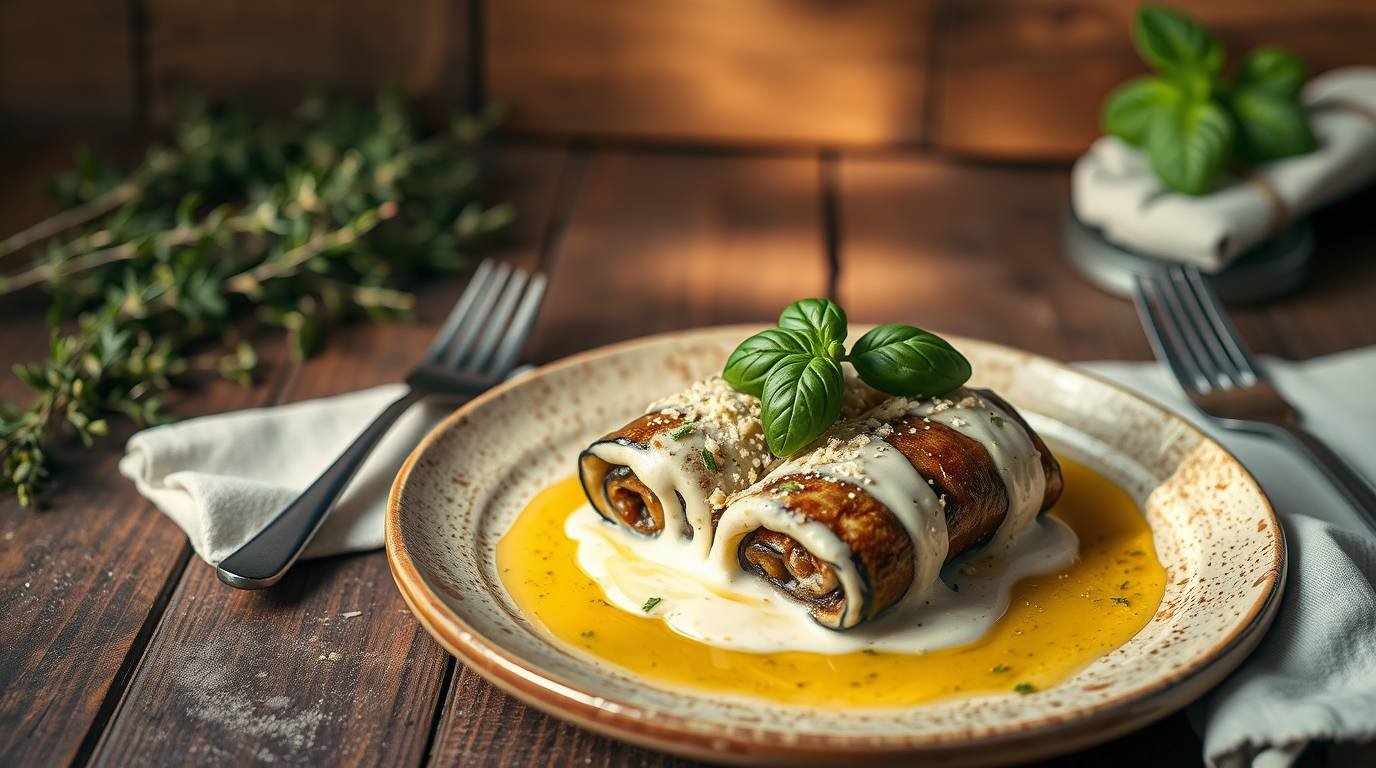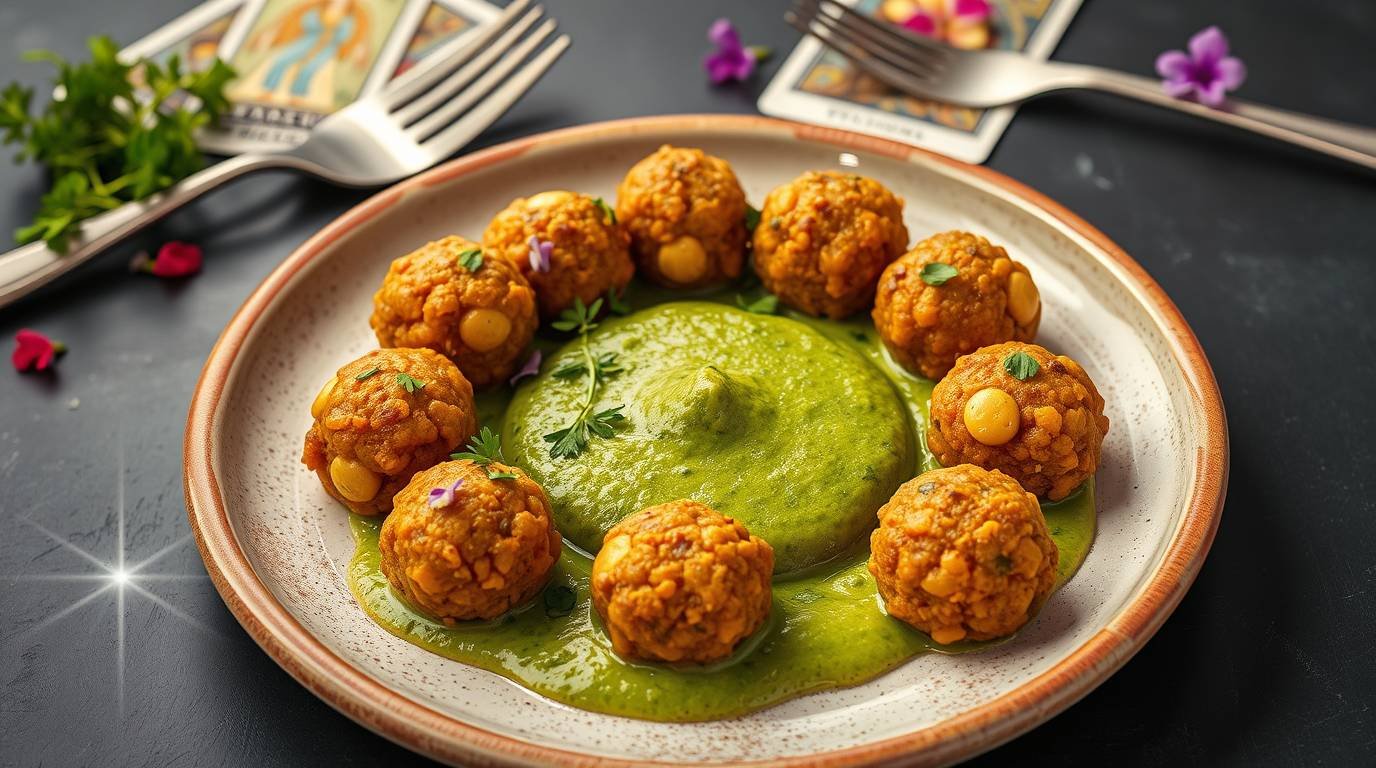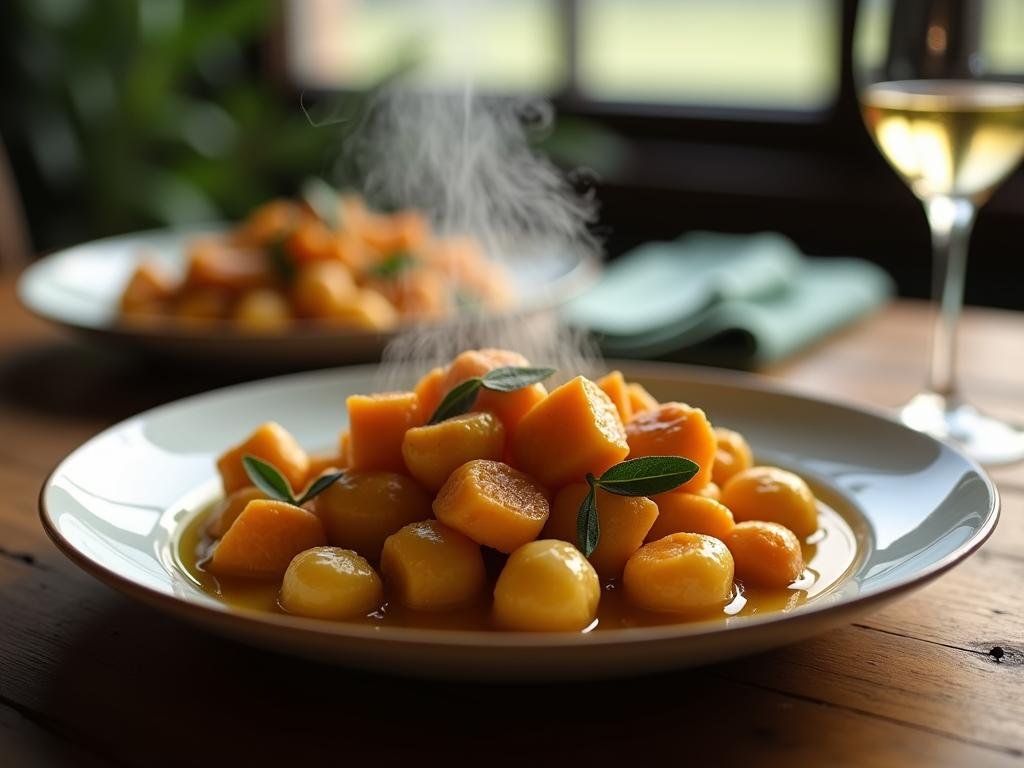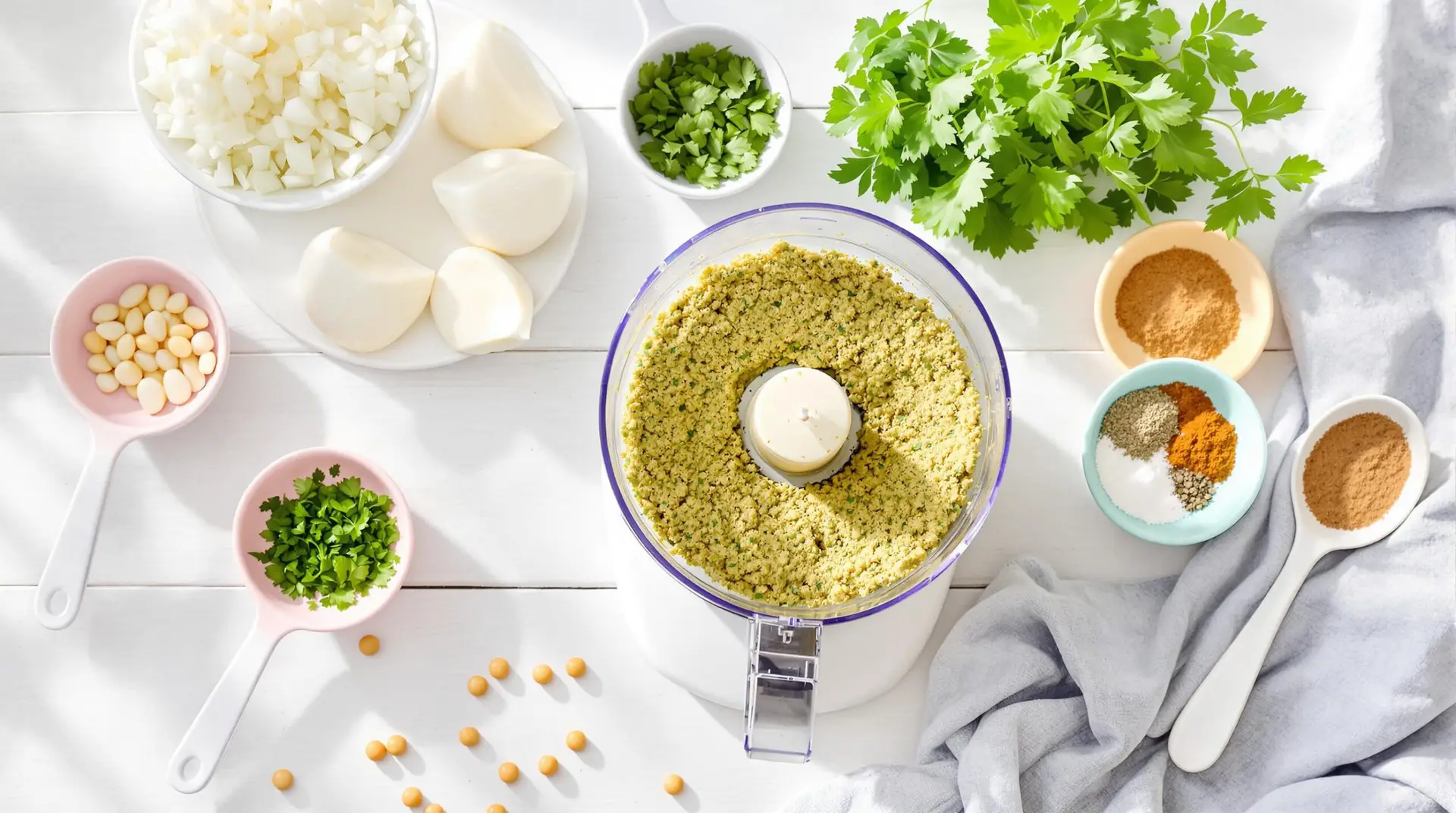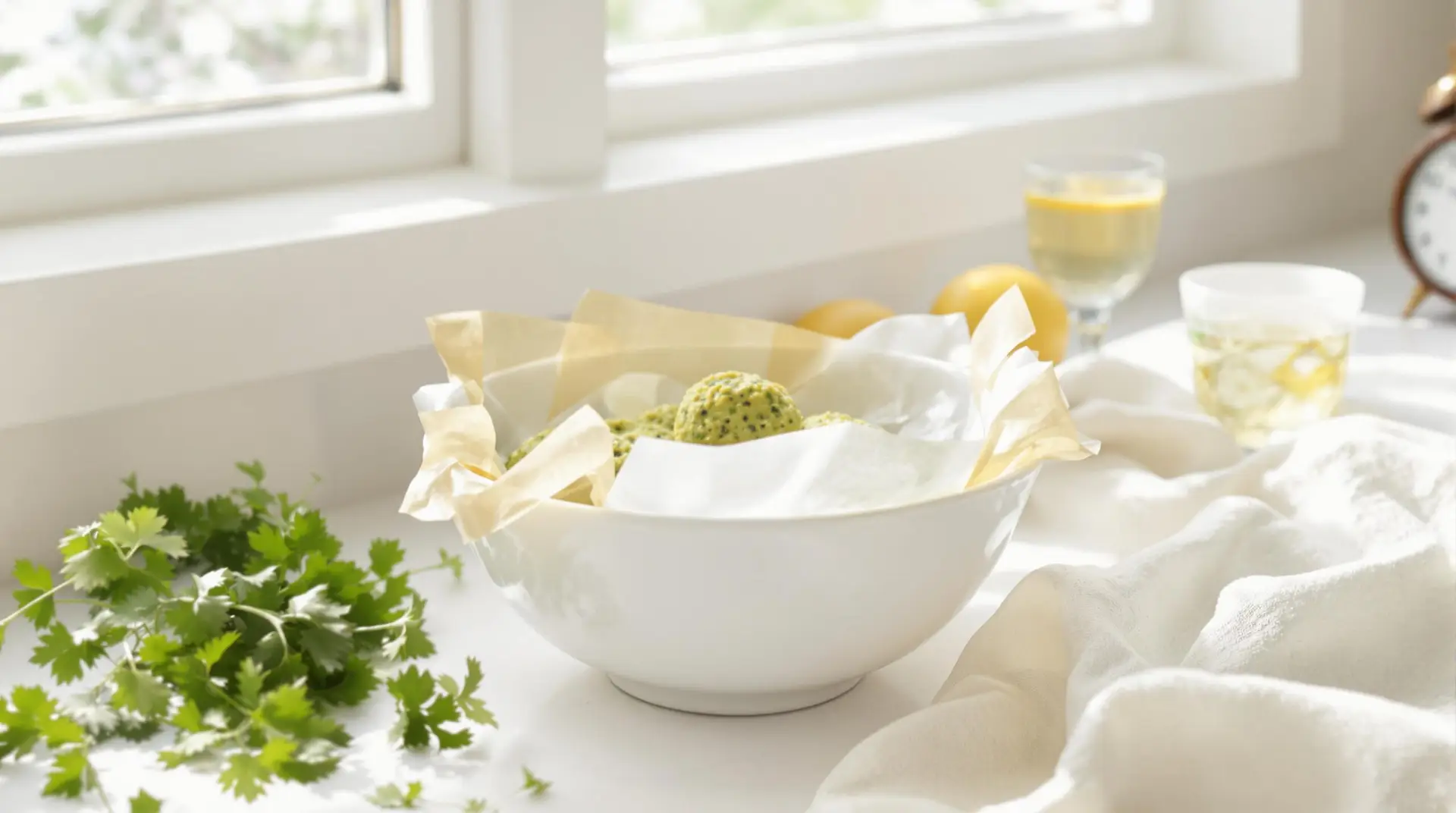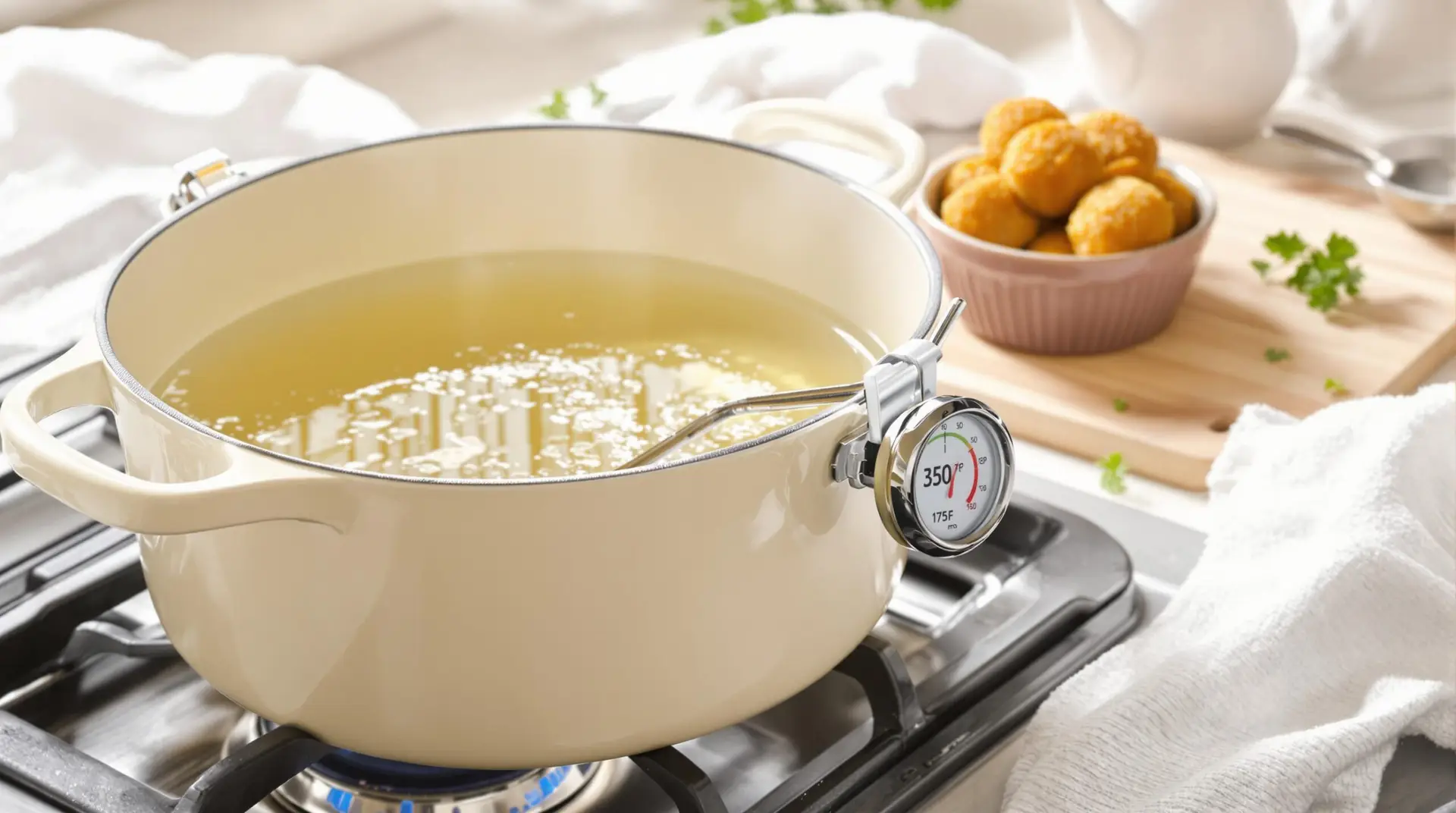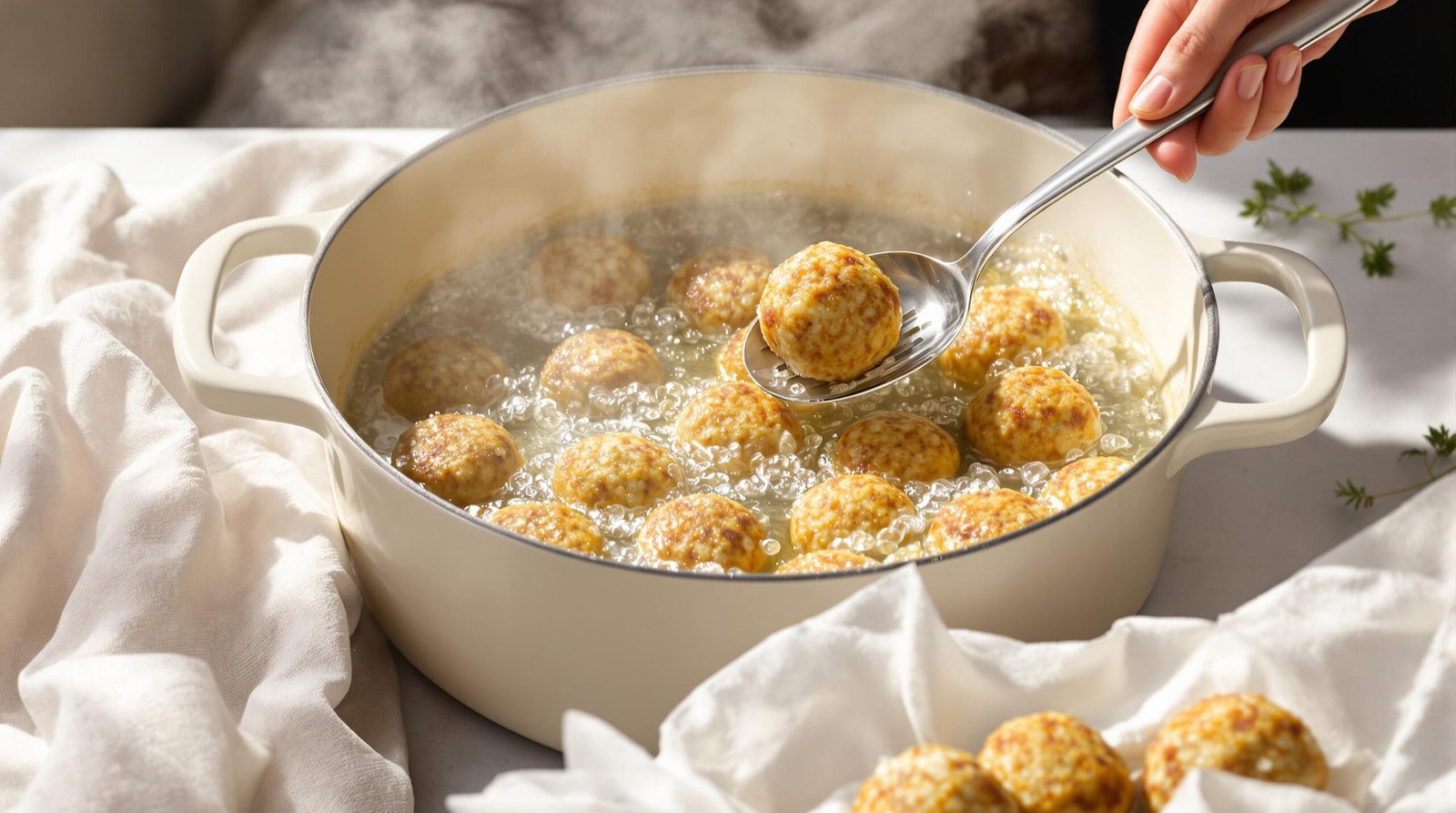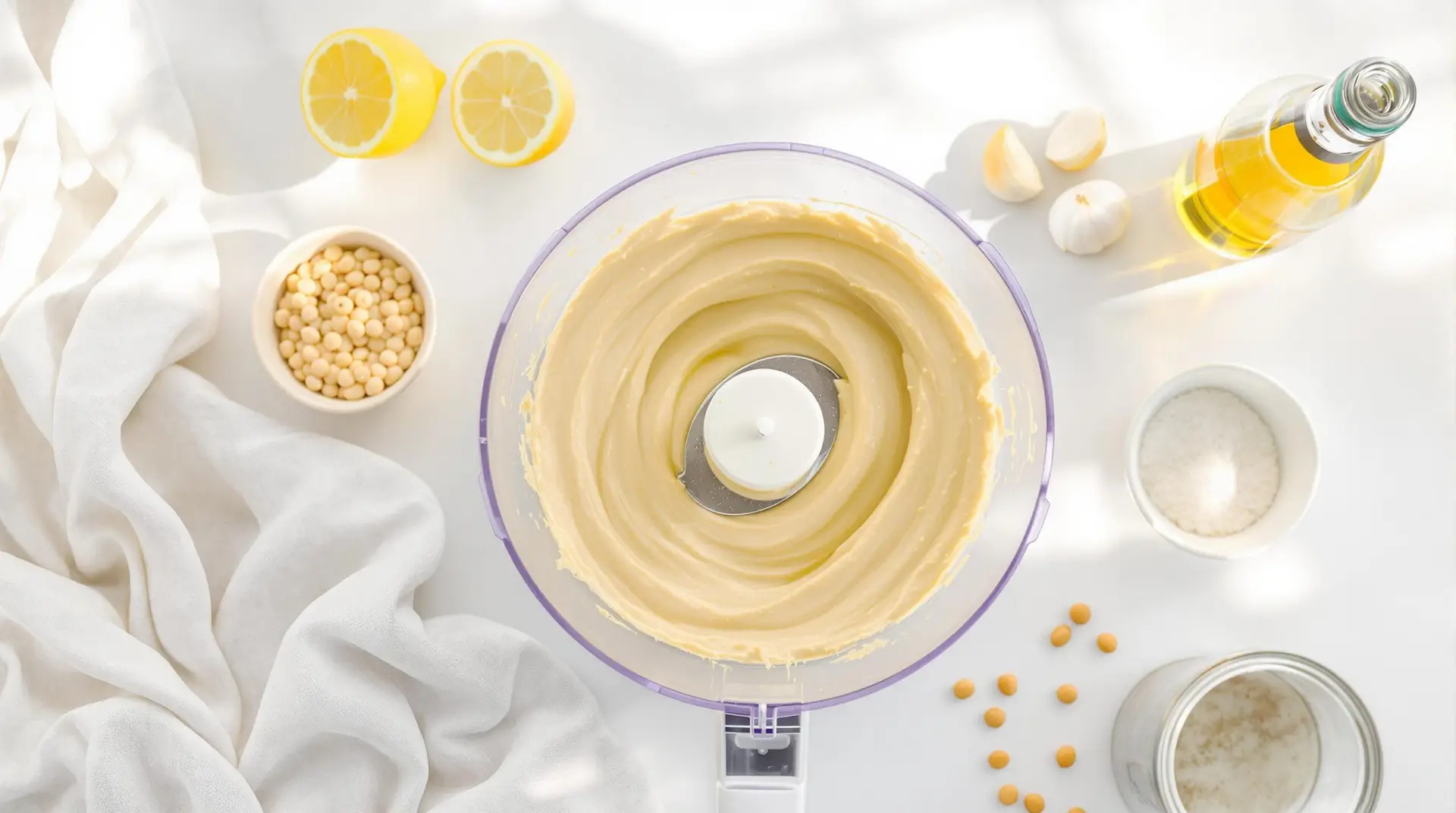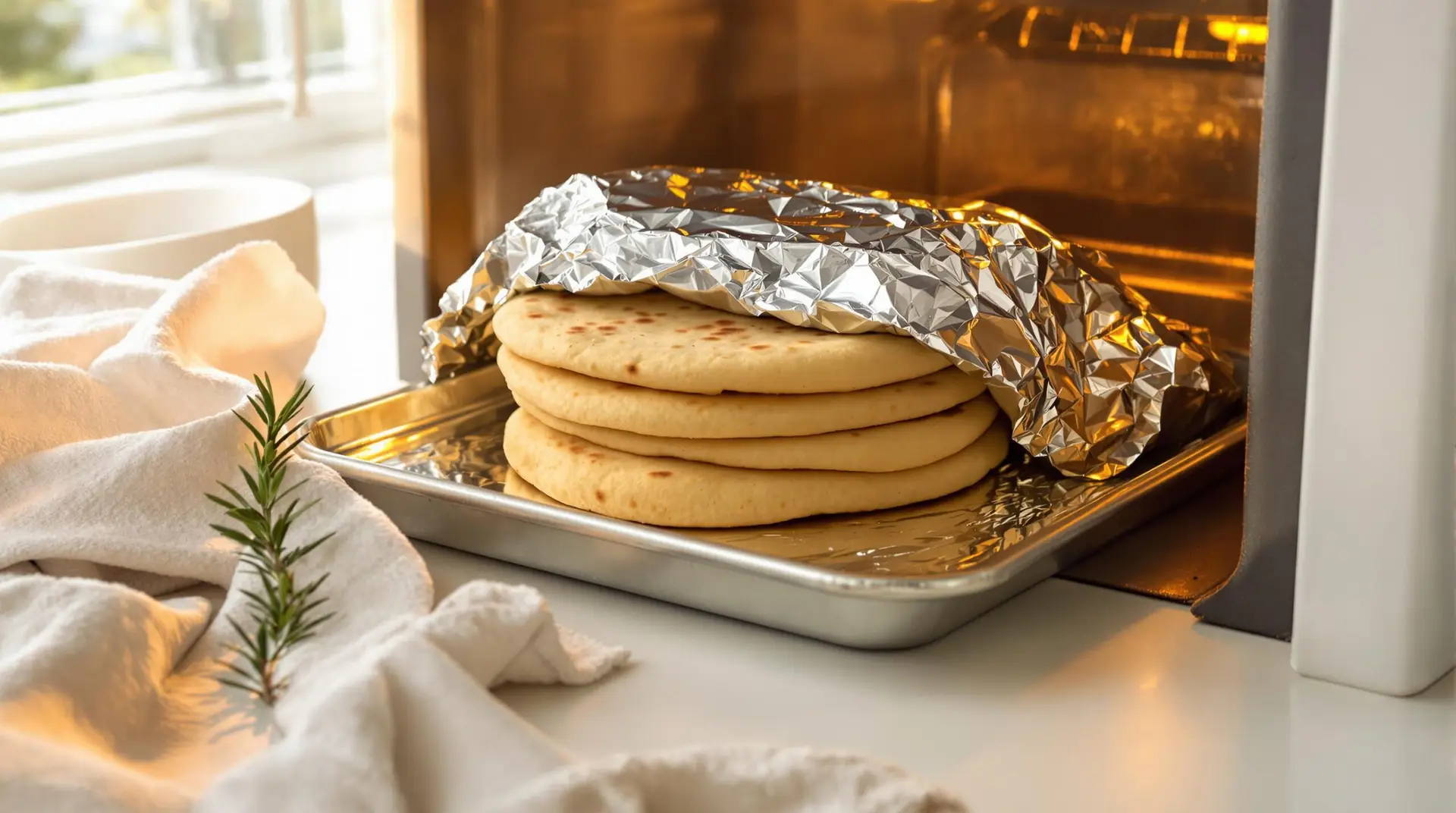Falafel with Hummus and Pita Bread: The Triple Alchemy Meal
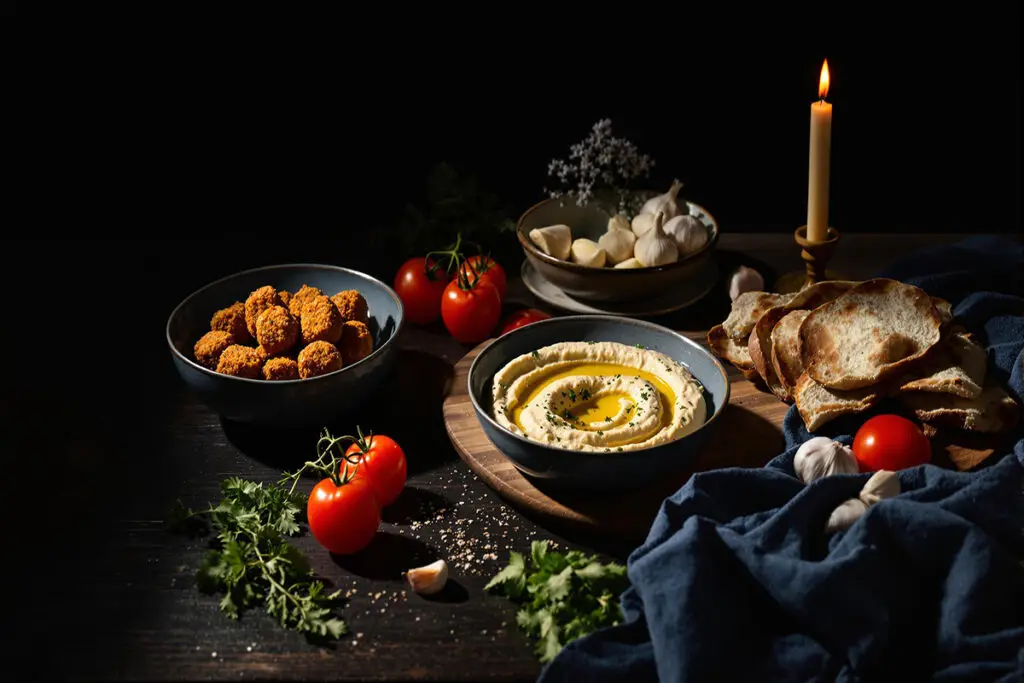

Falafel with hummus and pita bread is a delightful culinary trifecta that combines crispy chickpea balls, creamy and savory hummus, and warm, fluffy pita bread. This dish is not just a meal; it’s an experience that transports your taste buds to the bustling streets of the Middle East, where flavors and aromas dance in the air.
🔮 The Triple Alchemy Explained with Tarot
Let us map this dish onto the structure of the Tarot — using three suits from the Minor Arcana:
- 🧆 Falafel → Suit of Wands (Fire)
- Represents: Action, heat, courage, and spice.
- Why: Falafel is fried — born in oil and fire. It brings heat, boldness, and flavorful punch. Just like Wands, it’s dynamic and energizing.
- 🥣 Hummus → Suit of Cups (Water)
- Represents: Emotion, intuition, and nourishment.
- Why: Creamy, smooth, and cooling — hummus is a balm to the fried falafel’s heat. Like Cups, it comforts and connects.
- 🥖 Pita Bread → Suit of Pentacles (Earth)
- Represents: Stability, support, and material reality.
- Why: Pita is the vessel. It holds, scoops, wraps — the foundation that brings the other two together. Like Pentacles, it grounds the experience.
Culinary tarot alchemy is a sacred union of fire, water, and earth on your plate.
Chakra Insights
-
Root Chakra (Muladhara) – Grounding & Stability
-
Why: The pita bread, made from simple grains, represents foundation and nourishment. It connects you to the earth and traditions of communal dining, giving a feeling of safety and grounding.
-
Affirmation: “I am rooted, supported, and nourished by the simple gifts of the earth.”
-
-
Sacral Chakra (Svadhisthana) – Creativity & Pleasure
-
Why: Falafel, with its aromatic spices and crisp texture, awakens the senses. The play between herbs, chickpeas, and fried crunch stimulates joy and creative flow, making it an experience beyond simple sustenance.
-
Affirmation: “I savor life’s flavors and allow creativity to flow through me.”
-
-
Solar Plexus Chakra (Manipura) – Confidence & Vital Energy
-
Why: Hummus, smooth and rich with tahini and lemon, brings warmth and vitality. It strengthens willpower and energizes the digestive fire, empowering your strength.
-
Affirmation: “I digest experiences with confidence and radiate my inner power.”
-
-
Heart Chakra (Anahata) – Compassion & Connection
-
Why: Sharing falafel and pita is a communal act, opening the heart to connection. This meal is rooted in Middle Eastern traditions of hospitality, turning eating into an act of love and generosity.
-
Affirmation: “I open my heart to connection and find joy in shared nourishment.”
-
✨ Magickal Ritual to Bless the Meal
Before eating, hold your dish with both hands. Close your eyes and whisper:
Haiku Blessing
Warm fire, creamy peace,
Grounded bread beneath it all—
I eat, and I rise.
Imagine yourself drawing power from each element.
Let falafel spark action, hummus nourish your heart, and pita support your path.
Origin and Cultural Significance
The origins of falafel are steeped in history and debate, much like a good book that has been passed down through generations. Some trace its roots back to Egypt, where it was known as “ta’ameya,” made with fava beans instead of chickpeas. Others argue that it was the Levantine countries that popularized falafel as we know it today. Regardless of its beginnings, falafel has become a beloved street food across the Middle East and beyond, offering nourishment and comfort to those who enjoy it.
In many Middle Eastern cultures, food is not just about sustenance; it’s a means of connection, a way to gather friends and family around the table, share stories, and create lasting memories. Serving falafel with hummus and pita bread embodies this spirit of togetherness. As you sit down to enjoy this meal, you’re not just tasting the food; you’re partaking in a tradition that has united people for centuries.
Unique Ingredients and Flavors
What makes falafel truly magical are its ingredients. The key player, of course, is the chickpea. Rich in protein and fiber, chickpeas are the heart of falafel, providing a hearty base that can be seasoned and shaped into delightful balls. The chickpeas are typically soaked overnight, allowing them to soften and absorb water, which is essential for achieving that perfect texture.
But it’s not just about the chickpeas; it’s the spices that elevate falafel from mere chicpeas to an explosion of flavor. Cumin, coriander, garlic, and fresh herbs like parsley and cilantro are blended in, creating a symphony of taste that dances on your palate. The warm, earthy notes of cumin and the brightness of fresh herbs intertwine to create a fragrant aroma that fills your kitchen, beckoning everyone to come and savor the goodness.
Hummus, the creamy dip that accompanies falafel, is another layer of flavor that enhances this dish. Made from blended chickpeas, tahini, olive oil, lemon juice, and garlic, hummus offers a velvety texture and tangy taste that complements the crispy falafel perfectly. As you dip your freshly baked pita into the hummus, it’s like a match made in heaven—each bite harmonizes the crunch of falafel with the smoothness of the dip.
Cooking Techniques and Preparation
The cooking techniques involved in preparing falafel are simple but effective, making it accessible for home cooks of all levels. The mixture is typically shaped into small balls or patties and then deep-fried until golden brown and crisp. This frying process is where the magic happens; the hot oil transforms the exterior into a crunchy shell while keeping the inside tender and flavorful.
If you’re looking for a healthier alternative, baking the falafel is also an option. While they won’t have the same crispy exterior as their fried counterparts, baking allows the flavors to shine through, making for a lighter but still delicious meal.
The pita bread is another crucial component, serving as the vessel that holds all these wonderful flavors together. Whether you choose to make it from scratch or buy it from a store, warm and fluffy pita is essential for scooping up the falafel and hummus, creating a handheld experience that’s both fun and satisfying.
As you embark on this culinary journey of making falafel with hummus and pita bread, remember that cooking is an art. It’s about experimenting, tasting, and adjusting to your preferences. Embrace the process, and don’t hesitate to add your special touch—be it a sprinkle of paprika, a drizzle of olive oil, or a handful of fresh vegetables. This is your meal, and it should reflect your taste and style.
Falafel with Hummus and Pita Bread: The Triple Alchemy Meal
Description
This dish is a harmonious blend of textures and tastes, featuring golden-brown falafel, velvety hummus, and fluffy pita, making it a satisfying and nutritious choice for any occasion.
Ingredients
Ingredients for Falafel, Hummus, and Pita Bread
Instructions
Preparing the Falafel Mixture
-
Soak the Chickpeas
Place 1 cup of dried chickpeas in a bowl and cover them with cold water. Let them soak overnight, or for at least 8 hours, until they double in size.This soaking process is crucial for achieving that perfect falafel texture. Don't use canned chickpeas; they won't yield the same result! -
Blend the Ingredients
Drain and rinse the soaked chickpeas. In a food processor, combine the chickpeas, 1 small chopped onion, 2-3 cloves of garlic, 1/4 cup fresh parsley, 1/4 cup fresh cilantro, 1 tsp cumin, 1 tsp coriander, 1/2 tsp baking powder, salt, and pepper. Pulse until the mixture is finely ground but not pureed—think coarse sand.You want texture! If the mixture is too wet, add a spoonful of flour to help bind it. -
Chill the Mixture
Transfer the mixture to a bowl, cover, and refrigerate for at least 30 minutes. This helps it hold together when frying.Chilling is key! It firms up the falafel, making it easier to shape and fry.
Frying the Falafel
-
Heat the Oil
In a deep skillet or pot, pour in enough vegetable oil to submerge the falafel balls (about 2-3 inches deep). Heat the oil to 350°F (175°C).You can test the oil's readiness by dropping a small piece of the mixture in—if it sizzles, you're good to go! -
Shape the Falafel
Using your hands or a cookie scoop, form the falafel mixture into small balls or patties, about the size of a golf ball.Don't pack them too tightly; you want a little air in there for a fluffy texture! -
Fry to Perfection
Carefully drop the falafel into the hot oil, a few at a time. Fry until golden brown and crispy, about 3-4 minutes per side. Use a slotted spoon to transfer them to a paper towel-lined plate.Keep an eye on them—overcrowding the pan will lower the oil temperature and result in soggy falafel!
Making the Hummus
-
Blend the Ingredients
In a food processor, combine 1 can of drained chickpeas, 1/4 cup tahini, juice of 1 lemon, 2 cloves of garlic, 2 tablespoons olive oil, salt, and a bit of water as needed. Blend until smooth and creamy.For an extra touch, add a pinch of cumin or some roasted red peppers for flavor! -
Adjust Consistency
If the hummus is too thick, add a tablespoon of water at a time until you reach your desired creaminess.Taste and adjust seasoning as you go—this is your chance to make it perfect!
Preparing the Pita Bread
-
Warm the Pita
Wrap your pita bread in aluminum foil and place it in a preheated oven at 350°F (175°C) for about 10 minutes, or until warm.You can also warm them in a skillet for a few seconds on each side for extra softness!
Serving the Meal
-
Assemble the Plate
Serve the crispy falafel alongside a generous scoop of hummus and warm pita bread. Add fresh veggies like sliced cucumbers, tomatoes, and lettuce for crunch.Feel free to drizzle some tahini sauce or a squeeze of lemon on top for that final touch!
Nutrition Facts
Servings 4
- Amount Per Serving
- Calories 805.14kcal
- % Daily Value *
- Total Fat 43.18g67%
- Saturated Fat 5.93g30%
- Sodium 1008.23mg43%
- Potassium 1031.33mg30%
- Total Carbohydrate 85.58g29%
- Dietary Fiber 15.87g64%
- Sugars 6.69g
- Protein 27.69g56%
- Vitamin A 3885.97 IU
- Vitamin C 36.03 mg
- Calcium 267.81 mg
- Iron 8.58 mg
- Vitamin E 1.74 mg
- Vitamin K 243.02 mcg
- Thiamin 1.43 mg
- Riboflavin 0.3 mg
- Niacin 6.25 mg
- Vitamin B6 0.49 mg
- Folate 392.37 mcg
- Pantothenic Acid 1.21 mg
- Phosphorus 773.83 mg
- Magnesium 154.84 mg
- Zinc 5.44 mg
- Selenium 25.44 mcg
- Copper 1.58 mg
- Manganese 1.59 mg
* Percent Daily Values are based on a 2,000 calorie diet. Your daily value may be higher or lower depending on your calorie needs.
Note
- Use dried chickpeas instead of canned for a firmer texture; soak them overnight for optimal results.
- Blend the falafel mixture until just combined; avoid over-processing to maintain a bit of texture.
- Toasting spices such as cumin and coriander in a dry pan before adding them enhances their flavor.
- Fry falafel in batches to maintain oil temperature, ensuring they achieve a crispy exterior.
- For a healthier alternative, consider baking the falafel at 400°F (200°C) for about 20 minutes, flipping halfway through.
- Balance the garlic in the hummus to taste; start with one clove and adjust based on your preference.
- Use tahini made from roasted sesame seeds for a deeper flavor in the hummus.
- If the hummus is too thick, gradually add ice water until you reach your desired creaminess.
- Store leftover falafel in an airtight container in the fridge for up to 4 days or freeze for up to 3 months.
- Serve with fresh vegetables like cucumbers and tomatoes for added crunch and freshness.
- Pair with a sprinkle of sumac on the hummus for a tangy finish.
- Experiment with different herbs in the falafel mix, such as parsley or dill, to personalize the flavor.
- Consider adding a splash of lemon juice to the hummus for brightness.
Final Thoughts on Your Triple Alchemy Meal
Flavorful Essence and Culinary Joy
As you take a moment to savor the delightful combination of crispy falafel, creamy hummus, and warm pita, you'll realize this dish is more than just a meal; it's a celebration of flavors and textures that dance together in perfect harmony. The crunch of the falafel, the smoothness of the hummus, and the pillowy softness of the pita create a symphony that lingers in your mouth long after the last bite. This is a meal that nourishes not only the body but also the spirit, reminding us of the simple joys of sharing good food with loved ones.
Personal Reflections and Memorable Moments
I often recall the first time I made this at home, inviting friends over for a cozy dinner. It quickly became a beloved tradition, with laughter filling the air as we assembled our wraps together. The joy of customizing each bite with fresh veggies and zesty sauces brought everyone closer, creating cherished memories. I encourage you to make this meal your own—perhaps by adding roasted vegetables or a sprinkle of feta cheese for an extra twist.
Serving Suggestions and Leftover Love
When serving, consider pairing your falafel with a fresh green salad or a side of tabbouleh for a refreshing contrast. If you find yourself with leftovers, store the falafel in an airtight container in the fridge for up to three days. Reheat them in the oven for that crispy texture, and enjoy the hummus and pita fresh as well. You could even transform leftover falafel into a hearty grain bowl for lunch the next day—just add grains and your favorite toppings!
Invitation to Create and Share
Now it’s your turn! I invite you to dive into this recipe, experimenting with flavors and ingredients that resonate with you. Don’t hesitate to make it your own. And as you embark on this culinary adventure, please share your experiences, tips, or variations in the comments. We’re all here to celebrate the art of cooking together, and I can't wait to hear how your own triple alchemy meal turns out! Happy cooking!
Tag tarot_mistical_lab/ if you made this recipe.
Frequently Asked Questions
How can I store the leftovers?
Leftovers can be stored in an airtight container in the fridge for up to 4 days. Reheat the falafel in an oven to maintain its crispiness.
Can I substitute an ingredient?
Absolutely! You can use chickpeas instead of fava beans for the falafel, and tahini can be swapped for sunflower seed butter in the hummus for a nut-free version.
What should I serve this with?
This meal pairs wonderfully with a fresh salad, pickled vegetables, or a side of tabbouleh for a refreshing contrast.
Can I make this dish gluten-free?
Yes! Use gluten-free pita bread or serve the falafel and hummus in lettuce wraps for a delicious gluten-free option.
How do I make the falafel extra crispy?
Make sure to drain the chickpeas well and avoid over-processing the mixture. Fry them in hot oil until golden brown for that perfect crunch.
Hello, beautiful people! I am Marco DeLuca, Mystic Chef.
Master Chef • Tarot Grandmaster • Rune Caster
Crafting recipes that blend magick, flavor, and soul.
You may also like...


Crispy Tofu Tacos with Black Beans & Kimchi Slaw: A Vegan Korean Fusion


Rice Pudding with Rosewater: A Lunar Dessert for Love, Rest, and Inner Bloom




